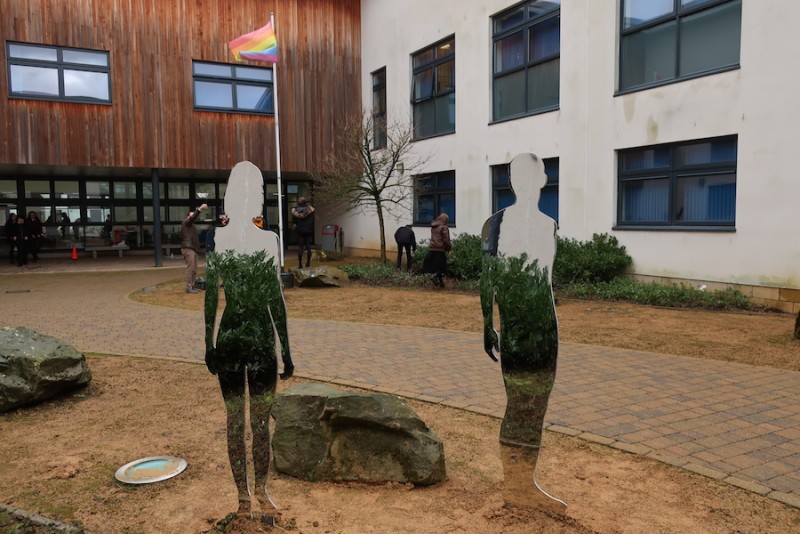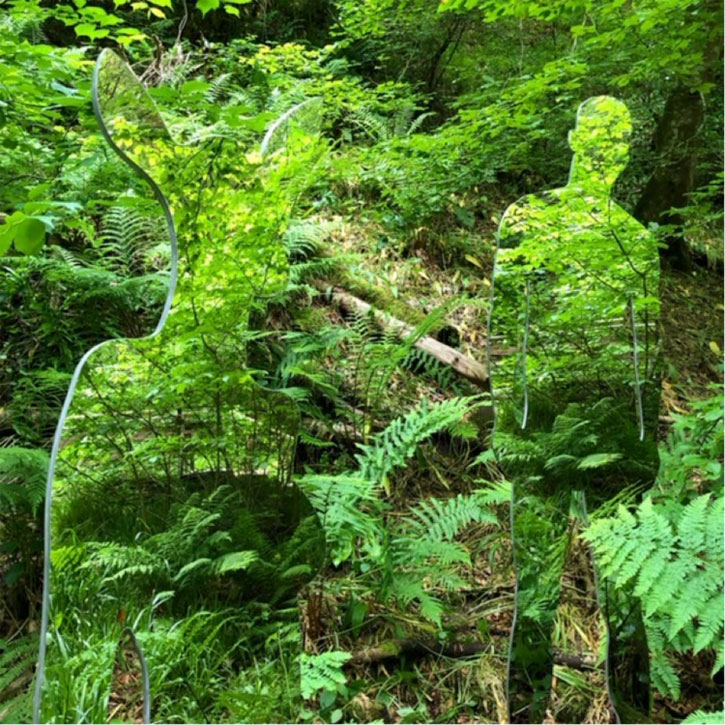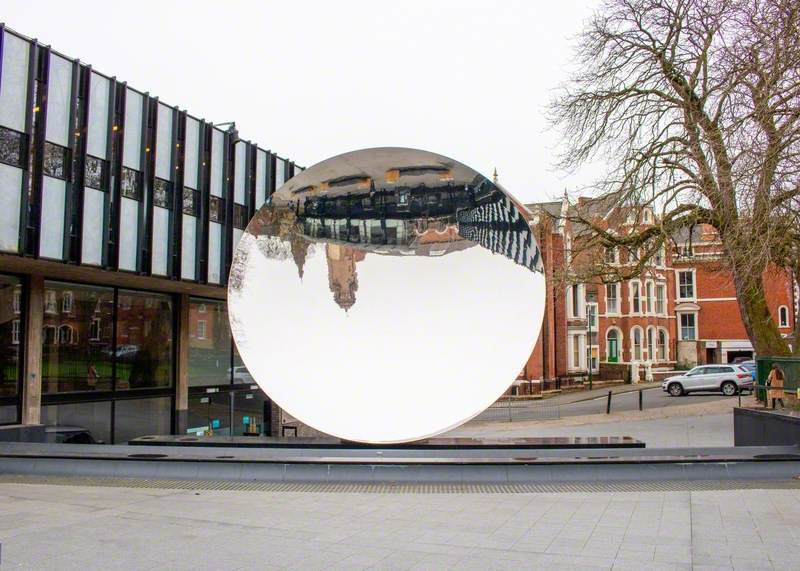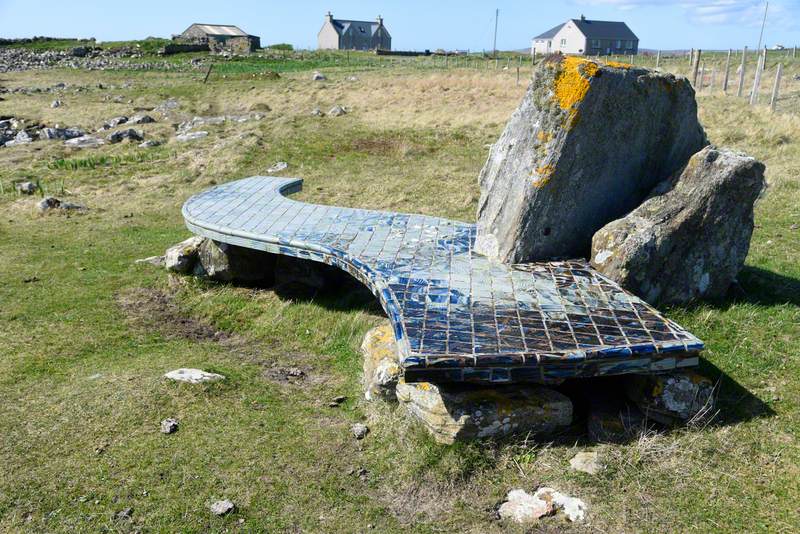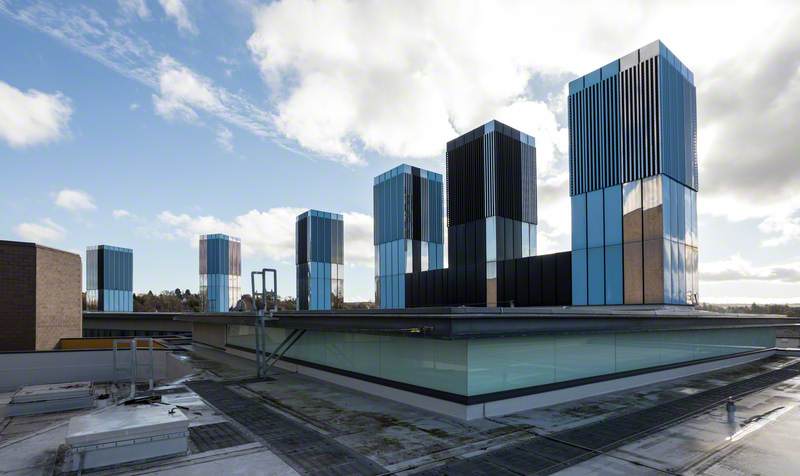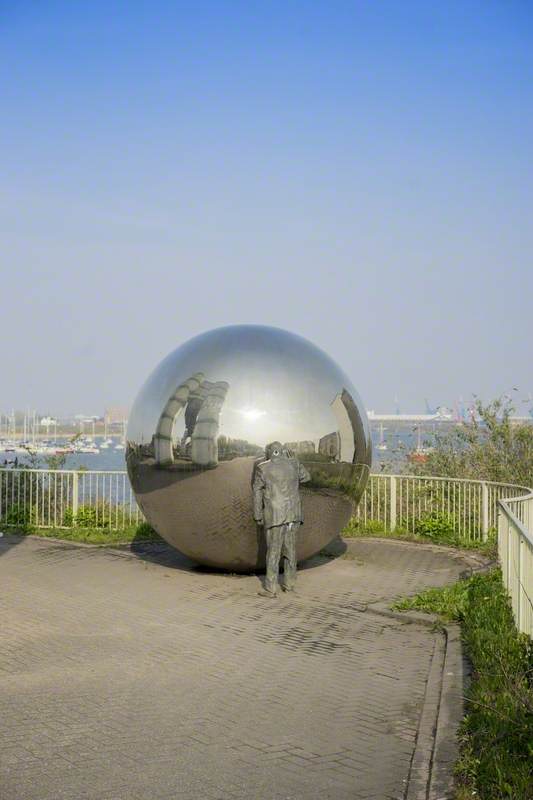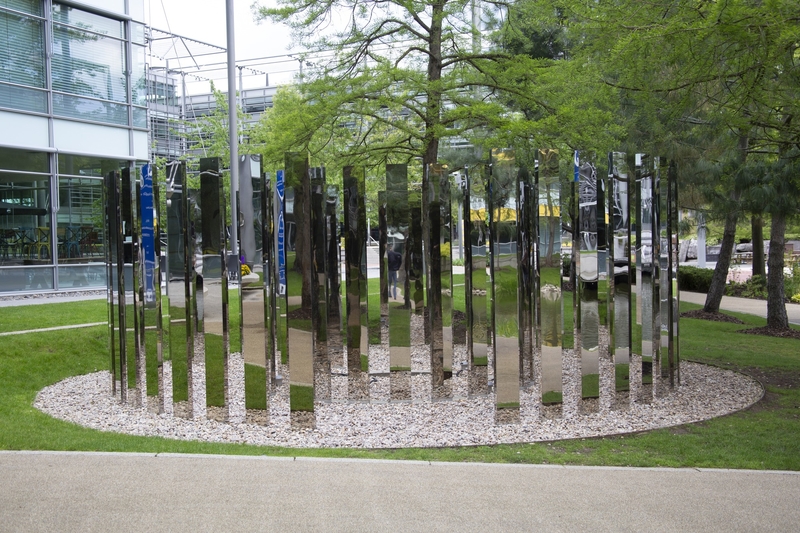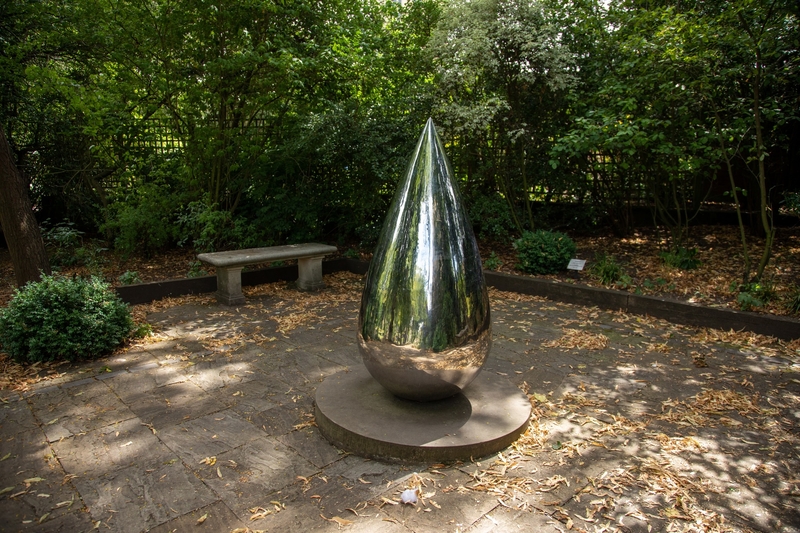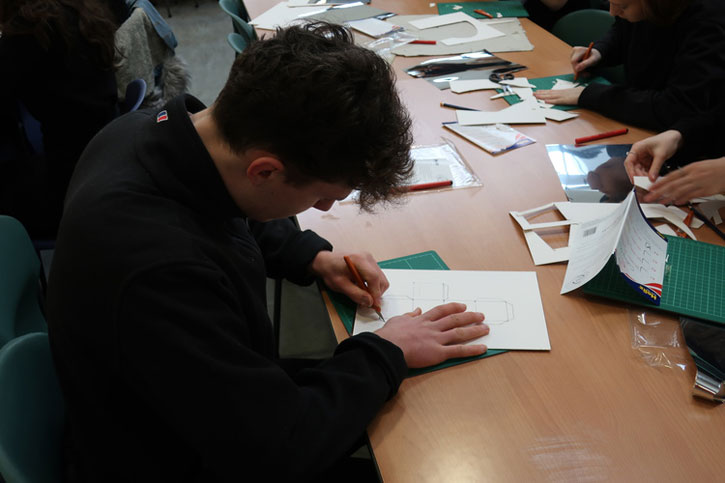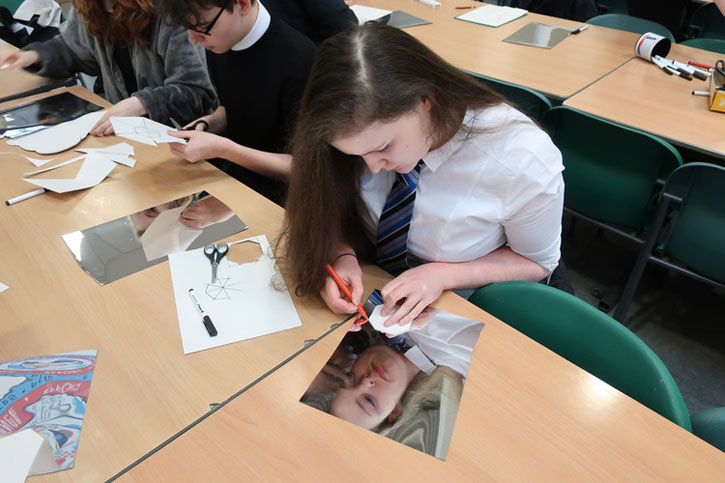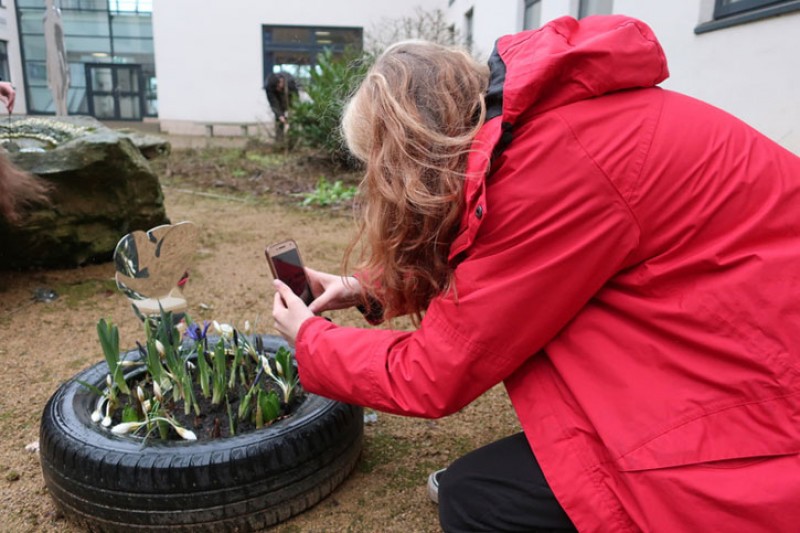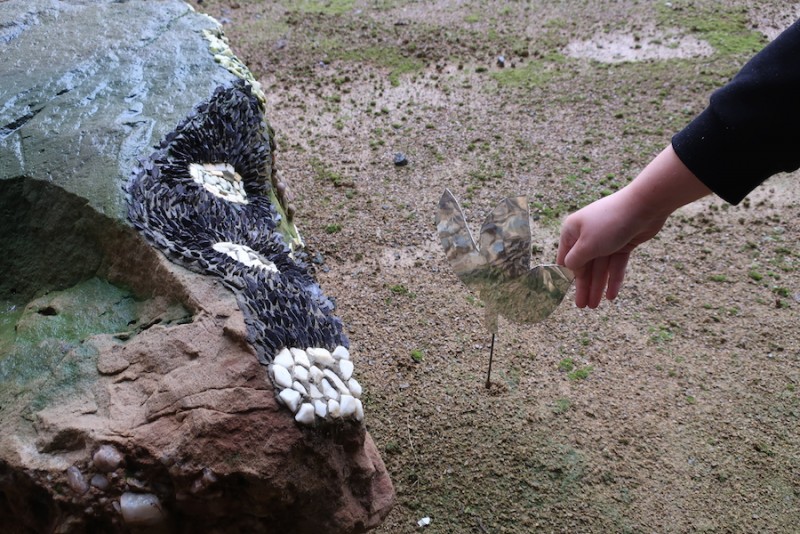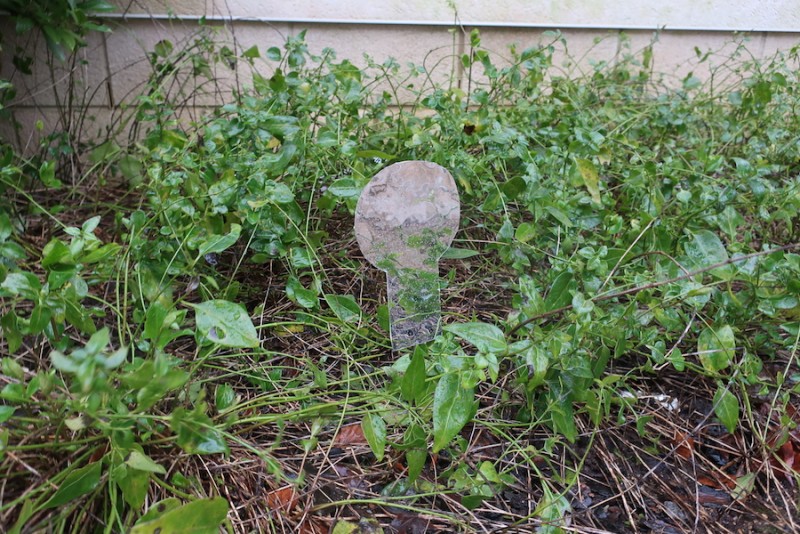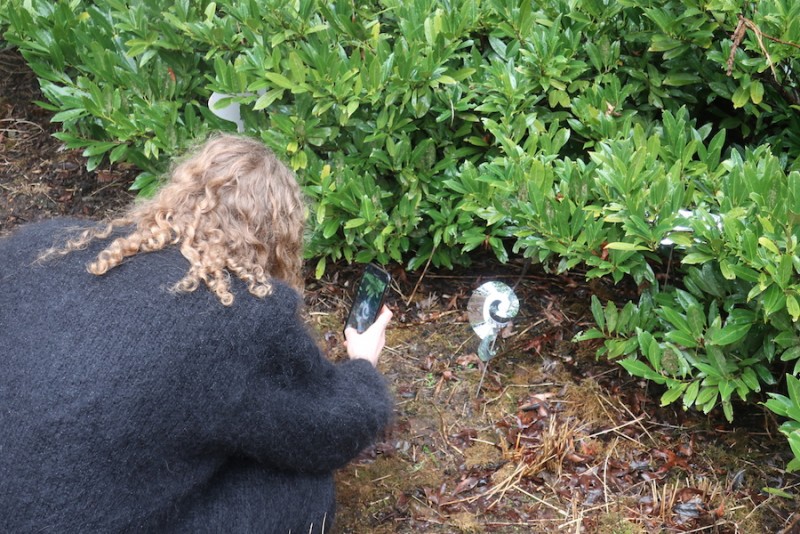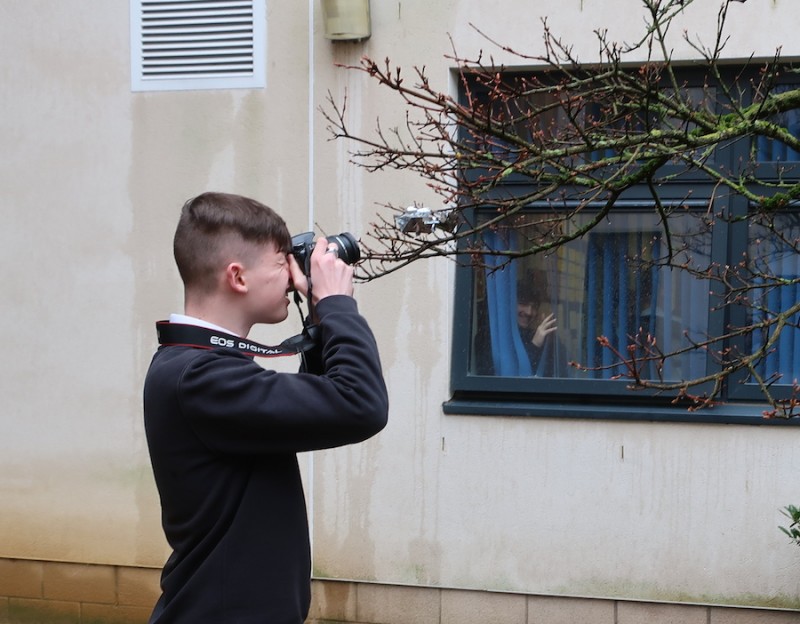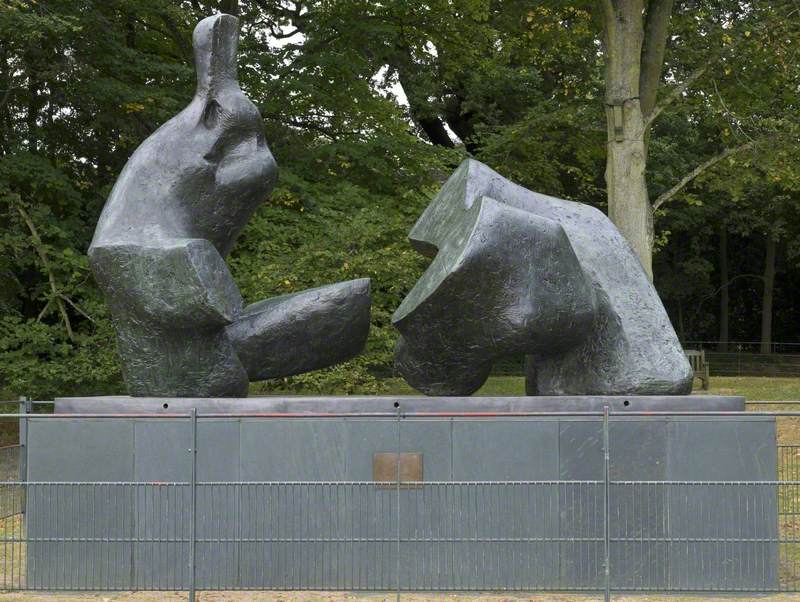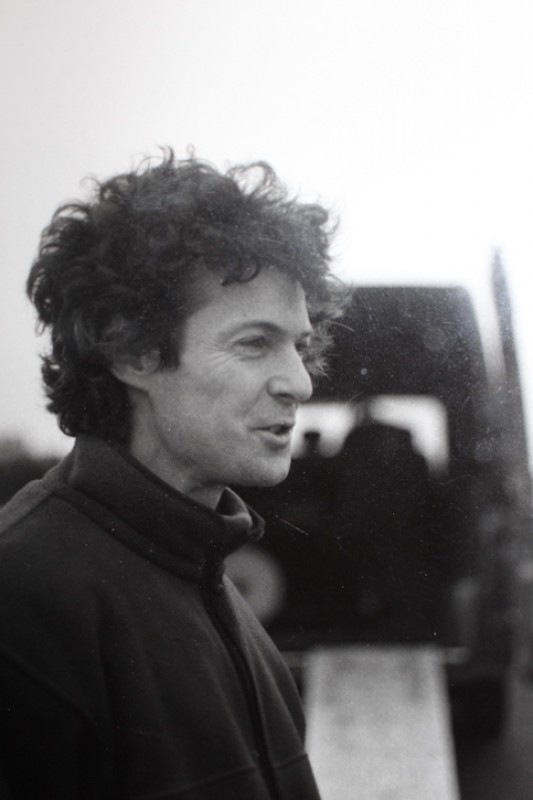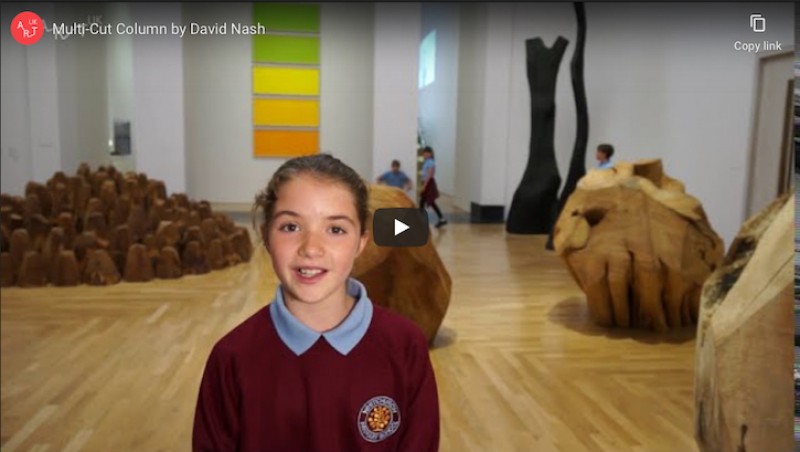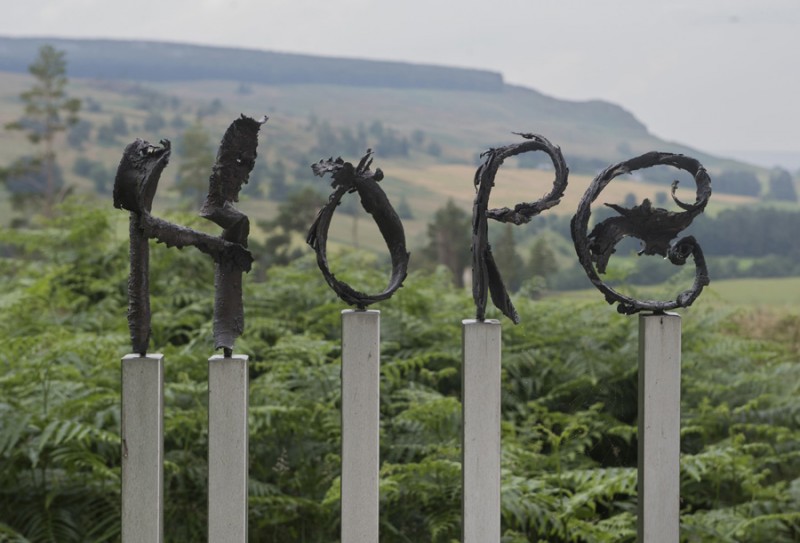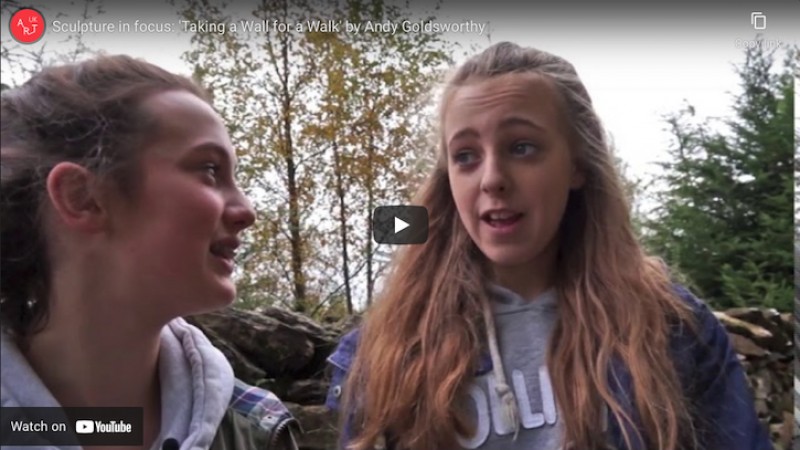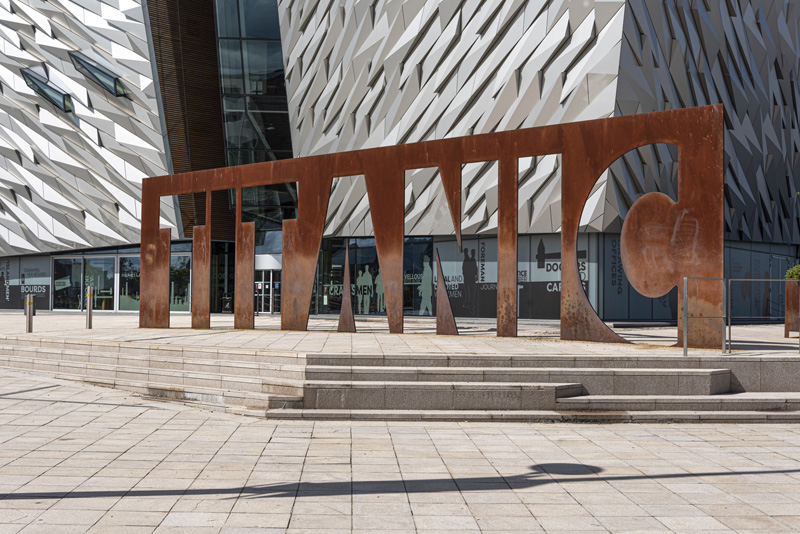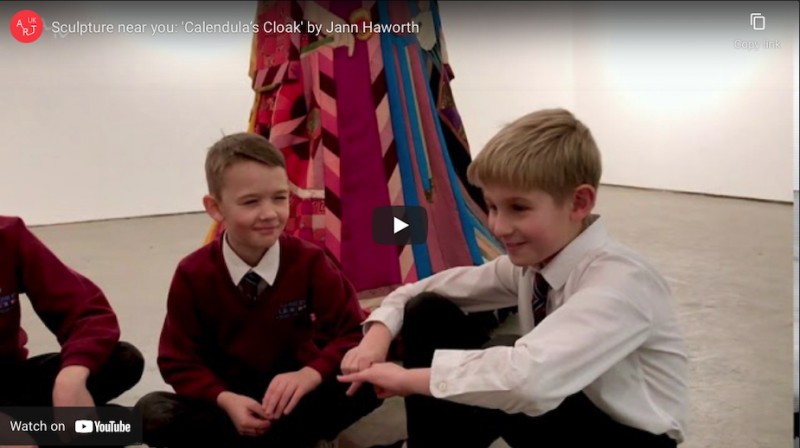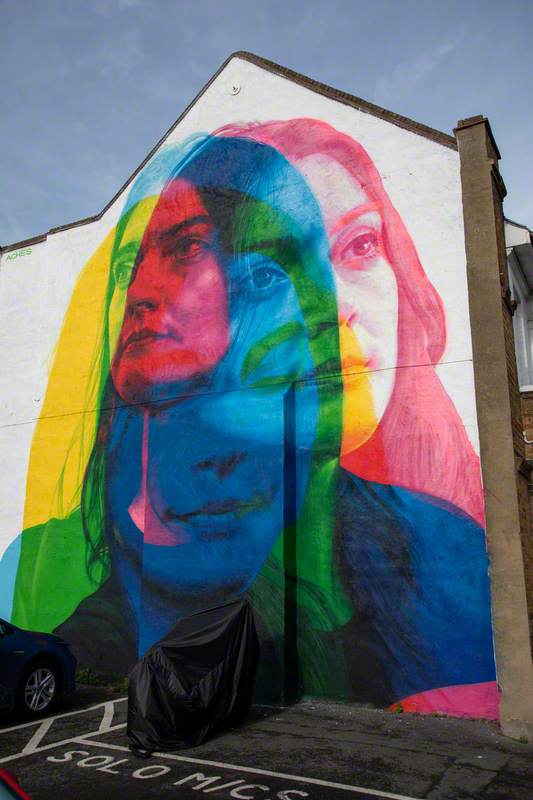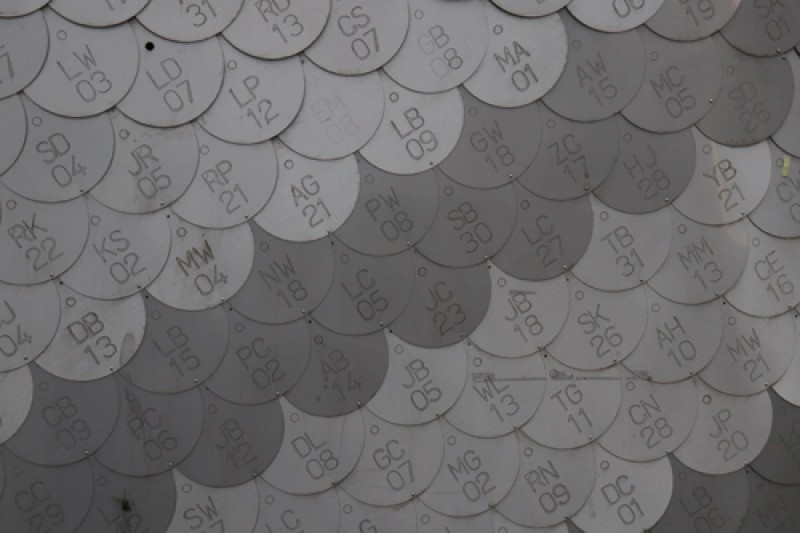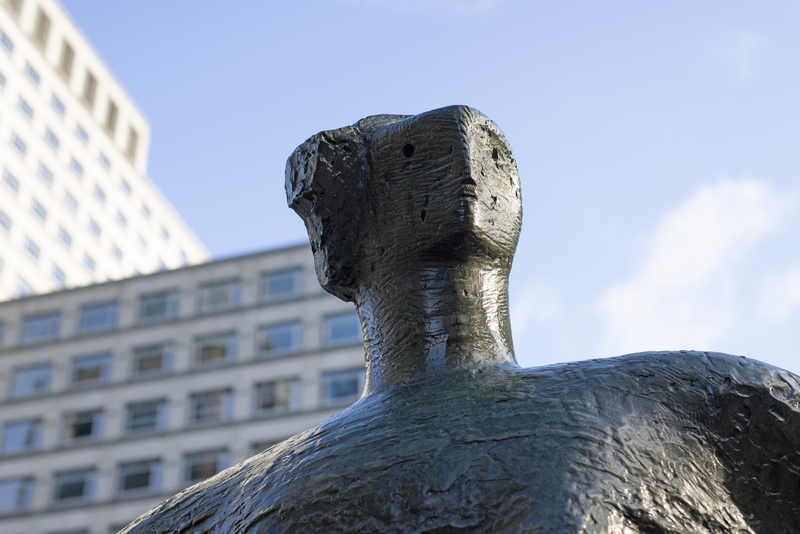Materials and surfaces: reflecting the landscape
The two sculptures below were made for landscape settings. Both are formed of abstract shapes and both can be described as reflecting the landscape, but they look very different.
Henry Moore used the shapes and forms he saw in nature as inspiration for his sculpture: bones, rocks and stones, and the forms of the landscape itself. Large Two Forms is made from cast bronze. (You can find out more about Henry Moore's inspiration in this Tate resource.)
Still by Daniel Tyler and Angus Ritchie is a cube shape, open on two opposite faces, and with mirrored internal surfaces. The sculpture frames the mountains of the Highland landscape where it is sited. It is constructed from a timber framework, with polished stainless steel sheets attached to its surfaces.
Activity: compare and contrast
Ask your students to compare the sculptures. If helpful, use these prompt questions to get the discussion going:
- how are the sculptures different?
- are there any similarities?
- think of words to describe each sculpture
- what relationship do the sculptures have to the landscape they are located in?
- how do you think the different surfaces change how we see the landscape?
Question guidelines
- The sculptures are very different in form, materials and how they were made. The forms of Large Two Forms are rounded and organic, while Still has straight lines – and is more obviously a man-made structure.
- The sculptures are similar in that they are both abstract shapes and both frame the landscape. Henry Moore often included holes in his sculpture, through which the landscape can be seen and in this way becomes part of the work.
- The sculptures both reflect the landscape – but in very different ways. Henry Moore takes inspiration from landscape forms, so his sculpture reflects the landscape in this way. Still reflects the landscape in a much more literal sense – with the mirrored surface reflecting the mountains surrounding it.
- Large Two Forms, with its rounded organic shape, seems to blend into the landscape. It looks like a huge rock or ancient monument that has always been there. The straight lines and shiny surface of Still have very little to do with the landscape. But because the reflected landscape can be seen in the sculpture, it becomes part of it. Still also distorts the landscape and makes us see it in new ways.
